Archaeological excavations in northern Israel have led to the discovery of a small clay sculpture that is reshaping what was known about symbolic expression at the end of the Epipaleolithic period. The 12,000-year-old figurine was identified at the Late Natufian settlement of Nahal Ein Gev II, near the Sea of Galilee; it depicts a crouching woman with a goose poised on her back, an image unlike anything previously found in Southwest Asia.

While there were instances of Paleolithic art featuring scenes of humans interacting with animals, they were extremely rare, and most of them were not in clay. This new find is special not only for its age but also because of the complexity of the scene it captures. The figurine is only 3.7 centimeters tall and was molded from local clay before being heated in a fireplace at a controlled temperature. Microscopic examination showed traces of red ocher on both figures and even a partial fingerprint left by its maker, likely a young woman, based on ridge-pattern analysis.
The piece was recovered in a semicircular stone structure used for burials and unusual deposits, including a child’s grave and a collection of human teeth. Its context, combined with the careful modeling and symbolic subject, suggests that the figurine held ritual or spiritual meaning for the community that made it.
The Natufians, who lived across the Levant between about 15,000 and 11,500 years ago, were among the first groups in the region to establish permanent or semi-permanent settlements. Living before the rise of farming, they were already experimenting with artistic forms that would flourish in the Neolithic. The new figurine underscores their growing interest in narrative imagery, mythmaking, and the symbolic links between people and the natural world.
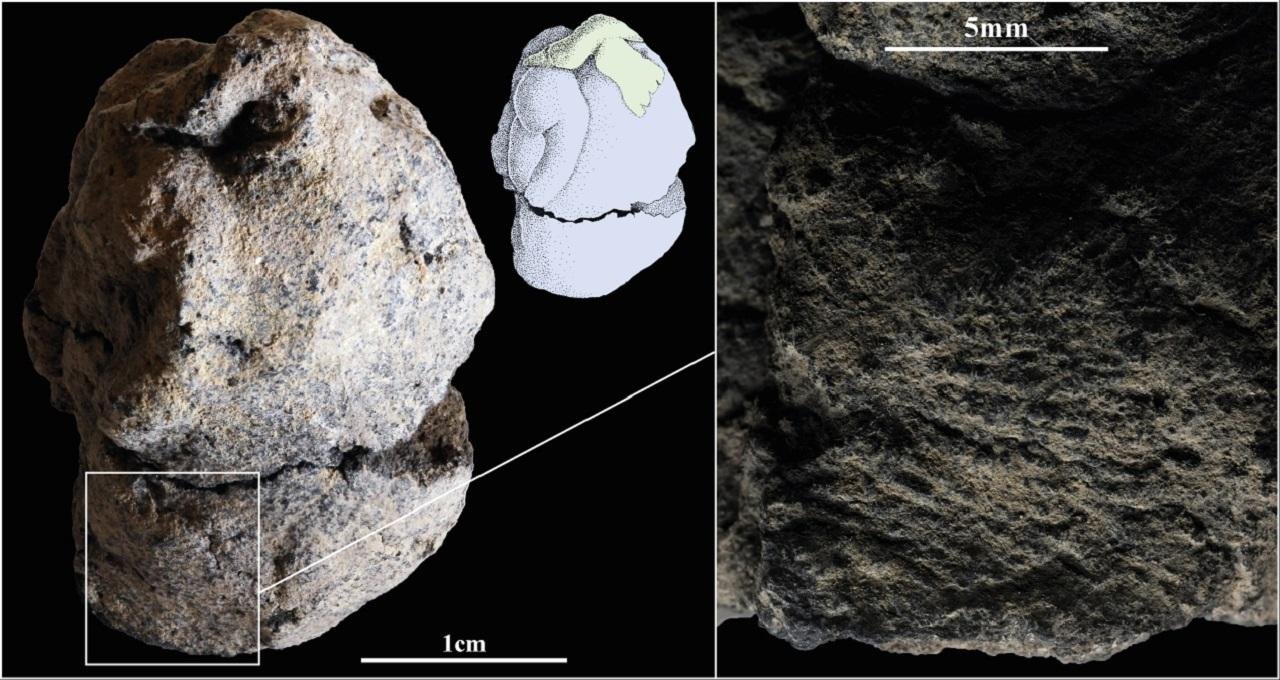
Researchers studying the artifact note that the goose, a bird commonly eaten by Natufians and used for ornamentation, is depicted as alive and active, not hunted. Its wings stretch back toward the woman in a gesture of intimate contact. While a practical reading, such as a person carrying game, is still possible, the sculptor’s emphasis on movement and interaction favors a mythological reading. The scene may reflect an early animistic worldview in which humans and animals shared overlapping spiritual roles and identities.
This suggests that to create the suggestion of depth and perspective, an innovation that seems earlier than known Neolithic figurative traditions, the artisan manipulated clay volume and the play of light across the surface. The naturalistic rendering of this woman also constitutes the earliest of its kind in the region, imbuing this statuette with even greater importance.
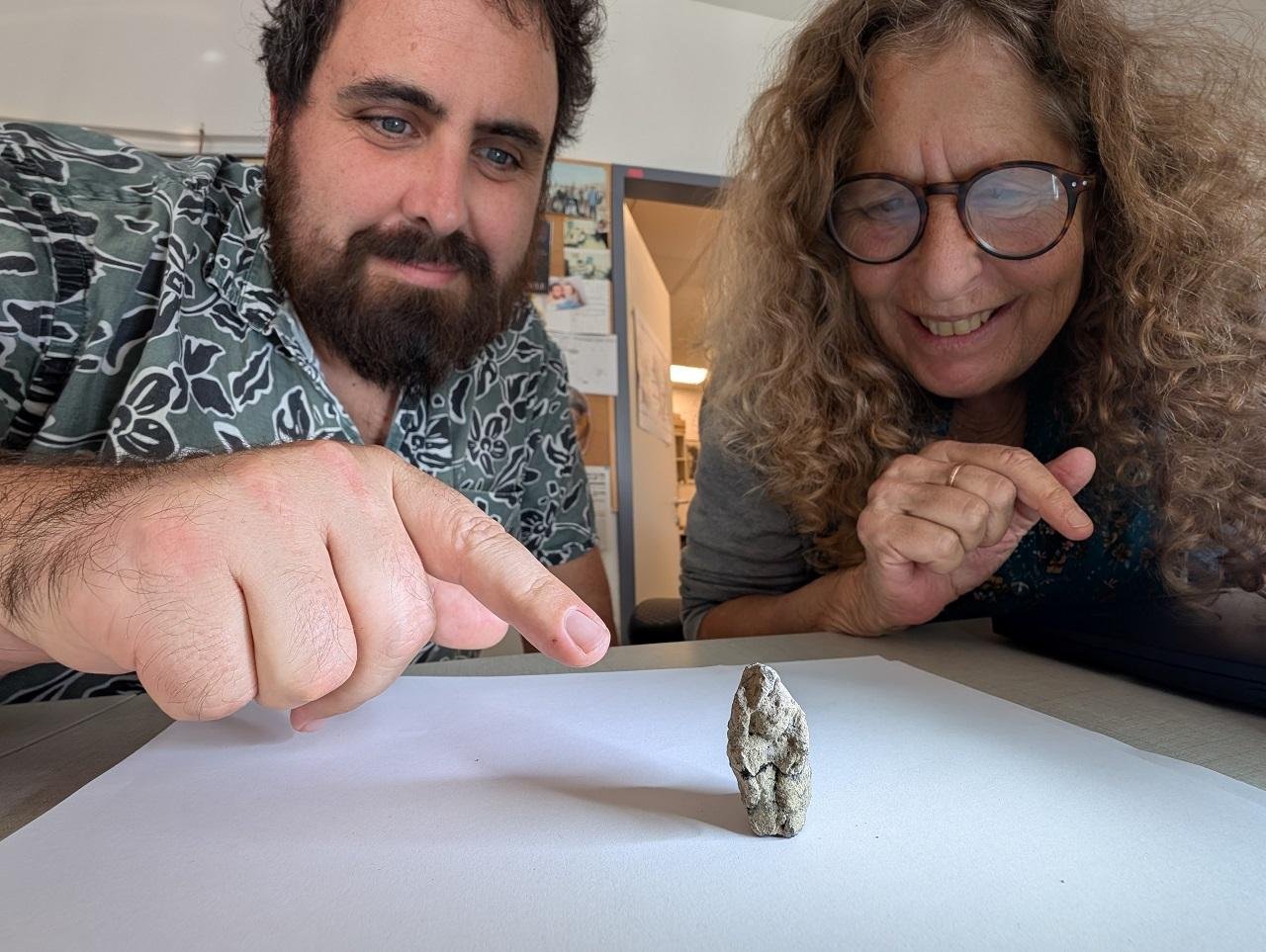
This figurine offers archaeologists a rare glimpse into the beliefs and artistic experimentation of communities standing at the threshold of major cultural change, capturing a moment when early sedentary societies began exploring more elaborate symbolic systems—long before the emergence of agriculture, permanent architecture, and the more standardized art forms of the Neolithic.



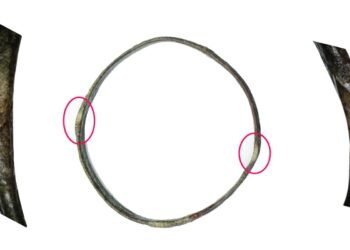
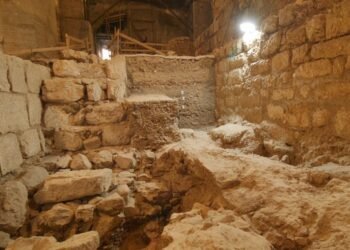

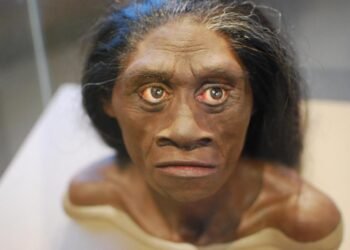
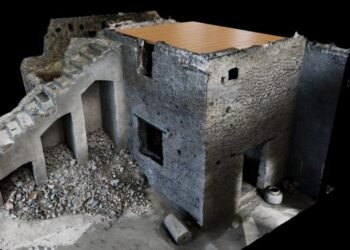
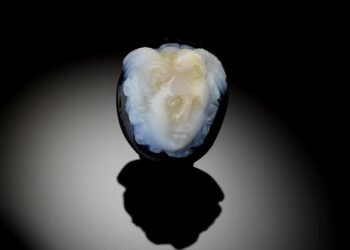














I’m interested in history
I’d like to receive all new news regarding excavation or any relating discoveries in this regards
Thank you